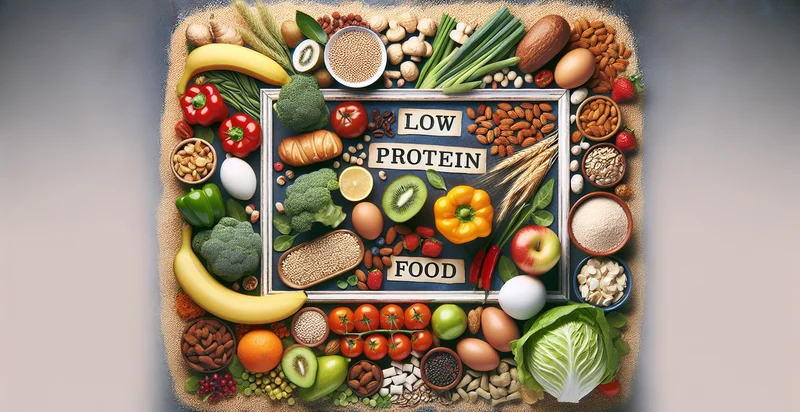Identify if food is low-fat
using AI
Below is a free classifier to identify if food is low-fat. Just upload your image, and our AI will predict if the food is low-fat - in just seconds.

Contact us for API access
Or, use Nyckel to build highly-accurate custom classifiers in just minutes. No PhD required.
Get started
import nyckel
credentials = nyckel.Credentials("YOUR_CLIENT_ID", "YOUR_CLIENT_SECRET")
nyckel.invoke("if-food-is-low-fat", "your_image_url", credentials)
fetch('https://www.nyckel.com/v1/functions/if-food-is-low-fat/invoke', {
method: 'POST',
headers: {
'Authorization': 'Bearer ' + 'YOUR_BEARER_TOKEN',
'Content-Type': 'application/json',
},
body: JSON.stringify(
{"data": "your_image_url"}
)
})
.then(response => response.json())
.then(data => console.log(data));
curl -X POST \
-H "Content-Type: application/json" \
-H "Authorization: Bearer YOUR_BEARER_TOKEN" \
-d '{"data": "your_image_url"}' \
https://www.nyckel.com/v1/functions/if-food-is-low-fat/invoke
How this classifier works
To start, upload your image. Our AI tool will then predict if the food is low-fat.
This pretrained image model uses a Nyckel-created dataset and has 2 labels, including Low Fat and Not Low Fat.
We'll also show a confidence score (the higher the number, the more confident the AI model is around if the food is low-fat).
Whether you're just curious or building if food is low-fat detection into your application, we hope our classifier proves helpful.
Related Classifiers
Need to identify if food is low-fat at scale?
Get API or Zapier access to this classifier for free. It's perfect for:
- Dietary Tracking App: A mobile application that allows users to log their food intake by scanning images of their meals. The low-fat identifier can analyze photos to provide instant feedback on the fat content of the dishes, helping users adhere to their dietary goals.
- Restaurant Menu Optimization: Restaurants can use the low-fat identifier to analyze the calorie content and nutritional information of their menu items. This functionality can help establishments promote healthier options, attracting health-conscious customers and complying with dietary regulations.
- Nutrition Education Tool: Schools and educational institutions can implement this image classification function in nutrition education programs. By teaching students to identify low-fat foods through visual recognition, they can enhance their understanding of healthy eating habits and food choices.
- Grocery Store Inventory Management: Grocery stores can apply the low-fat identifier to better manage the nutritional profiles of their stock. By classifying products as low-fat, stores can tailor promotions and marketing strategies to highlight these healthier options to customers.
- Meal Delivery Services: Companies that provide meal delivery can leverage the low-fat identifier to ensure that meals meet specific dietary requirements. This feature would allow users to filter and select meals that align with their low-fat preferences, enhancing customer satisfaction.
- Fitness and Wellness Coaching: Personal trainers and wellness coaches can integrate the low-fat identifier into their client programs for tracking food intake. By providing accurate assessments of clients' meals, they can offer more tailored fitness and nutrition advice.
- Food Blogging and Recipe Development: Food bloggers can utilize the low-fat identifier to create and promote low-fat recipes. This tool can assess the healthiness of their dishes, allowing them to provide valuable information and engage an audience interested in healthier cooking alternatives.


